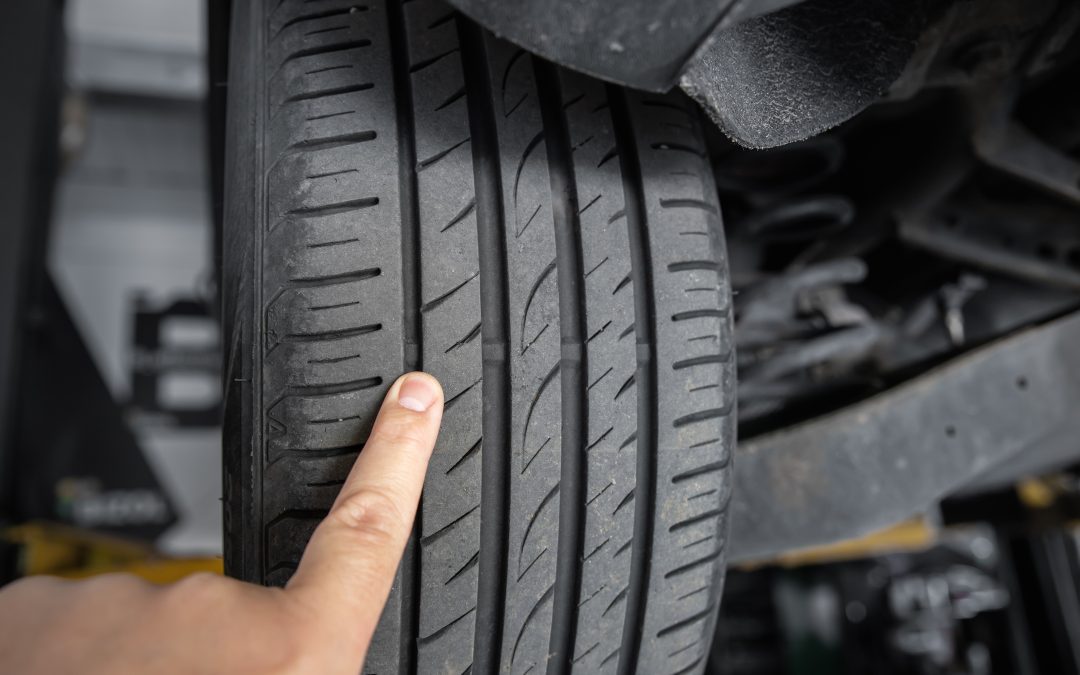Ever paused to ponder the curious patterns on your car’s tyres? They’re not merely decorative – each groove, rib, and block serves a vital purpose, enhancing your vehicle’s grip and handling in specific driving conditions. Let’s delve into the intriguing world of tyre treads and unravel the mystery behind their diverse designs.
So, what exactly is a tyre tread, you might ask? Well, it’s the part of the tyre that meets the road surface, providing traction and stability. And if you’ve ever taken a closer look at different tyres, you’ll have noticed the wide array of tread patterns available. But why the diversity? Because each tread pattern is meticulously crafted to excel in certain driving scenarios, from navigating wet roads to traversing through snow and mud.
So, what components make up a tyre tread? Let’s break it down:
- Ribs: These are the raised sections of the tread pattern, composed of tread blocks.
- Grooves: Deep channels that run both circumferentially and laterally around the tyre, aiding in water dispersion.
- Tread blocks: Raised rubber segments that make direct contact with the road surface.
- Sipes: Small, thin slots moulded into the tread blocks, enhancing traction on various surfaces.
By arranging these elements in different configurations, tyre manufacturers can fine-tune the tyre’s performance across key areas like noise reduction, handling, traction, and durability.
Now, let’s explore the three main categories of tyre tread patterns and decipher which one might be adorning your car:
Symmetrical Tyre Tread Pattern
This is the most common type of tread pattern, typically found on passenger car tyres. Featuring continuous ribs or independent tread blocks across the entire face of the tread, symmetrical patterns offer:
- Smooth driving experience
- High directional stability
- Low rolling resistance
Symmetrical tyres are versatile, allowing for easy rotation without compromising everyday performance. They’re also known for their quiet operation, long lifespan, and fuel efficiency. However, they may not excel in extreme weather conditions, offering less traction on wet roads compared to other patterns.
Directional Tyre Tread Pattern
If your tyres sport a V-shaped tread with grooves that resemble an arrowhead, congratulations – you’ve got yourself a directional tread pattern. Designed to roll forward in one direction only, these tyres boast:
- High protection against aquaplaning
- Excellent handling on snow and mud
- Superior road holding at high speeds
Directional tyres excel in dispersing water efficiently, reducing the risk of aquaplaning, and delivering enhanced traction on slippery surfaces. Just remember, tyre rotation becomes slightly trickier with this pattern, so pay attention to the directional arrow indicator on the sidewall.
Asymmetric Tyre Tread Pattern
Featuring two distinct tread designs – one on the inner half and another on the outer half – asymmetric tyres offer the best of both worlds:
- Excellent handling and cornering stability
- Good grip in wet conditions
- Reduced interior noise
This hybrid design combines the benefits of water dispersion with enhanced grip and stability, making them popular choices for high-performance vehicles. Like directional tyres, proper rotation is essential to maintain performance.
Now, here’s a crucial tip: avoid mixing tyre tread patterns whenever possible. Opt for identical tyres to maintain optimal safety and performance characteristics. And when replacing tyres, consider replacing them in pairs for added stability.
So, the next time you gaze at your tyres, marvel at the intricate patterns that define their performance on the road. And remember, choosing the right tread pattern can make all the difference in your driving experience.
